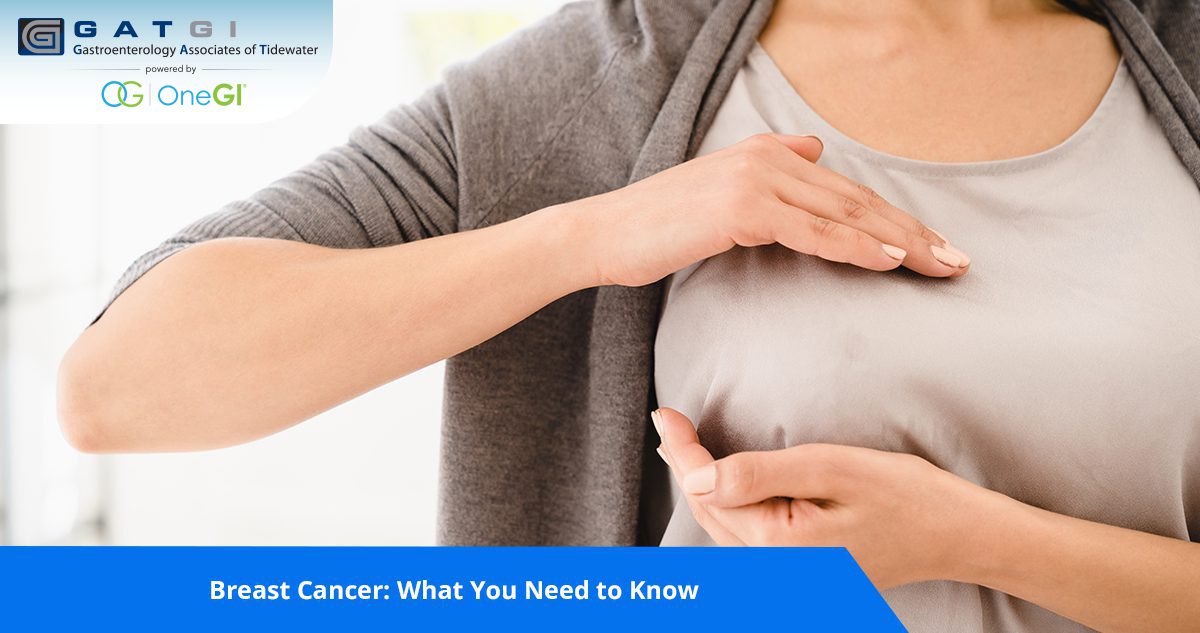October is Breast Cancer Awareness Month. In the United States breast cancer is the most common cancer in women excluding skin cancer. According to the American Cancer Society, it is about 30 percent (or 1 in 3) of all new female cancers each year. This month we want to help educate people about breast cancer- what it is, things you can do to prevent breast cancer, how to detect it, and what treatments are available.
There are two types of breast cancer- invasive and non-invasive. Invasive breast cancer means cancer has spread from where it began in the milk ducts or lobules to surrounding tissues. Non-invasive breast cancer means the cancer is still confined to its place of origin. The most common type of invasive breast cancer is ductal carcinoma, which begins in the milk ducts. Lobular carcinoma is the second most common type of invasive breast cancer and it begins in the lobules.
Although you cannot do anything about certain risk factors for breast cancer – such as family history or aging – there are thankfully some risks you can control. The following are behaviors you can control to help prevent breast cancer:
- Limit alcohol consumption – The more alcohol you consume, the higher your risk of developing breast cancer.
- Maintain a healthy weight – This is important especially after menopause. Most of the estrogen in a post-menopausal woman’s body comes from fat tissue. More fat tissue after menopause can lead to higher estrogen levels and a greater likelihood of developing breast cancer.
- Get regular physical activity – Although a couple of hours of activity might suffice, most research suggests that spending more time is ideal.
- Have children – Women who have not had children or who delayed having their first child until after age 30 slightly increase their overall breast cancer risk. Having many pregnancies and becoming pregnant at a young age reduces breast cancer risk.
- Breastfeed – A majority of studies indicate that breastfeeding, especially for an extended period of time, may lower the risk of breast cancer.
It’s important to be familiar with how your breasts normally look and feel so that you can more easily detect any changes. This means performing a monthly breast self-exam. You can also talk to your doctor about getting a baseline mammogram. The American Cancer Society recommends women of average risk to get a baseline mammogram before age 40. A mammogram is an X-ray of the breast and it can detect tumors that are too small to feel. Other methods of detection include breast exams, ultrasounds, and MRIs.
If you find a lump or changes in your breast, don’t panic! About 80 percent of all breast lumps turn out to be benign. But it’s always best to have any lump checked out by your healthcare provider.
If you are diagnosed with breast cancer, there are several treatment options available. The most common treatments are surgery, radiation therapy, chemotherapy and targeted therapy. Some women may also choose to undergo hormone therapy or participate in clinical trials. The best treatment option for you will depend on the stage and type of breast cancer you have.
If you have questions or concerns about your health, make an appointment with your physician to discuss your concerns.

